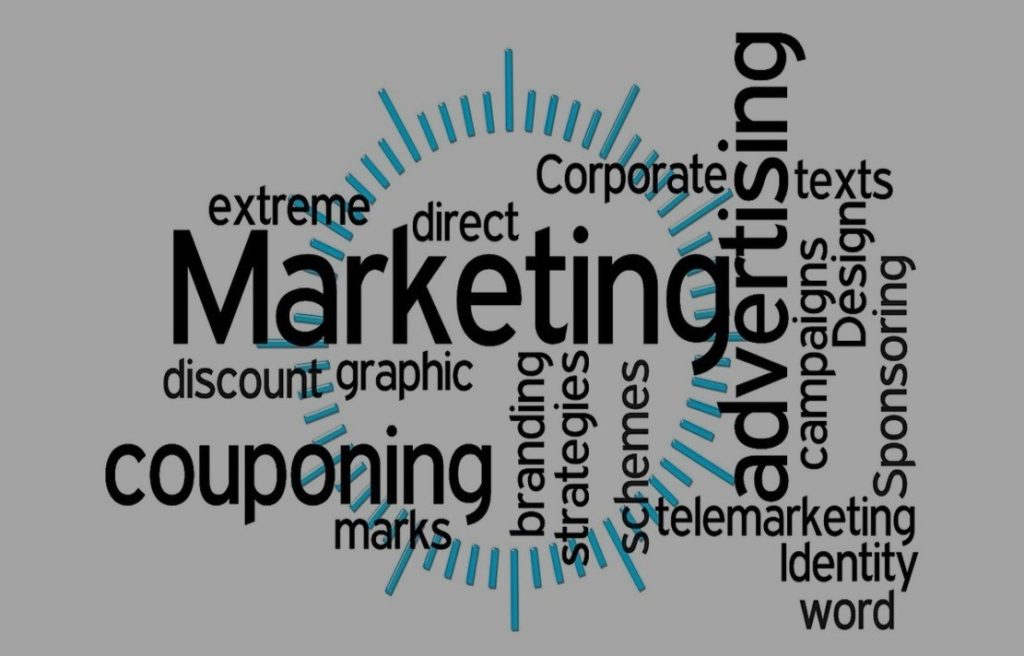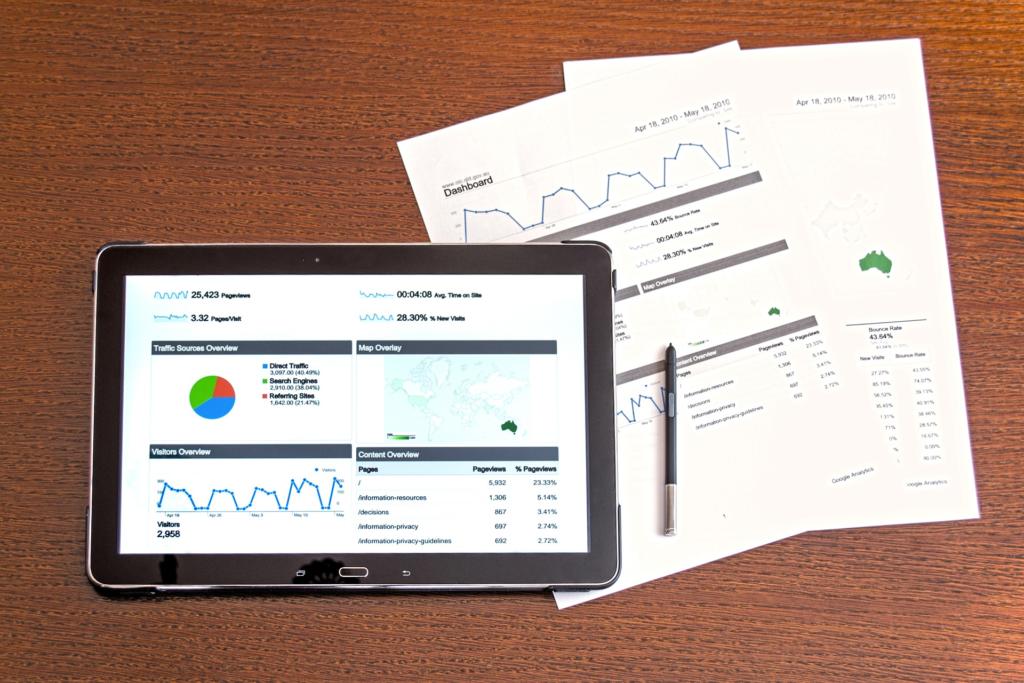Why Content Distribution is the Perfect Marketing Strategy
Content distribution is the perfect marketing strategy, as this is how marketers can provide the pieces of content to their audience groups for consumption.

The process of sharing, publishing & promoting your pieces of content is called Content Distribution. Content distribution is something that qualifies as the perfect marketing strategy, as this is how marketers can provide the pieces of content to their audience groups for consumption through various channels & media formats. Content distribution is the starting step of your content marketing strategy.
Marketers must know where & how they’re going to publish & promote their content. Just publishing pieces of content isn’t enough. Creating great pieces of content can be a complete waste if your audiences don’t know whether they exist.
Thus, content distribution happens to be the perfect marketing strategy as without it even the most creative, innovative & groundbreaking pieces of content may never be discovered. Content distribution helps in expanding the reach of the pieces of content, which is one of the most important KPIs to measure the content marketing endeavors of the marketers.
Your content needs to reach the right set of people. Unless the content doesn’t reach and appeal to the interests of the target audiences, the other bottom-line actions tied to an effective content marketing strategy can’t be accomplished.
Andrea Fryrear, Agile Marketing Trainer, and Coach, Keynote Speaker & Author at AgileSherpas stated, “Our job is not to create content. Our job is to change the world of the people who consume it.”
Thus, it is evident that content distribution is the central piece of the content marketing puzzle. It can boost your brand awareness; help you collect loyal followers as well as can entice your readers to become customers. Also, the customer loyalty post-purchase is driven by quality-content & pieces of content reflecting on positive word-of-mouth marketing (WOMM) & as such it is imperative for the marketers to know how to get along with content distribution as well as tools for effective content distribution:
Ways to Build Effective Content Distribution Strategy
B2B marketers can build an effective content distribution strategy using the following steps:
1) Study Your Target Audience:
Content distribution is all about reaching out to your niche-specific audience with pieces of content that interests them. Even before the pieces of content have been created, marketers need to ensure that they get their content strategy on the trail. This is possible only after the marketers research about their ideal persona. Marketers need to research their target audience & understand who will be consuming their content. Accordingly, the pieces of content can be created & distributed. The target audiences can be researched based on their demographic, firmographic, psychographic & technographic insights & accordingly, pieces of content can be designed. Content can be created in several forms such as E-books, Podcasts & Interviews, Videos, Infographics, case studies & success stories, webinars & blogs. The ‘fit’ & intent-data of the customers, as well as the insights, gathered based on the past browsing history of the customers also serve as an important criterion for audience targeting.2) Auditing the pieces of Content:
Marketers should perform an audit to understand if their content distribution strategies are helping or hurting the content distribution efforts. Auditing your current content will remind you of which topics you’ve written about & which ones you can expand on to. Auditing is generally comprised of the following three main parts:- Logging the Content:
- Assessing the impact of your Content:
- Fixing the content gaps:
3) Choose the content distribution channels:
Choosing the right content distribution channel is perhaps more important than creating the content itself. It helps your blog posts to gain readership, helps you to send your email newsletters & learn about social media marketing. Marketers can help you post on forums & communities like Reddit or Quora.4) Include Blog Posts:
According to a study by HubSpot, 50% of the buyers read a company’s blog while making purchase decisions. Content published on the blog can also be repurposed & republished. Building a business blog always helps & thereafter, marketers can share their content types on other channels.5) Be Mindful of Your Content Distribution KPIs:
Marketers should align their content distribution goals with certain key performance indicators (KPIs). Several permutations & combinations of related metrics can also be used by marketers to reflect on the business objectives of the organization. Marketers can use the Key Performance Indicators (KPIs) such as Traffic/reach, Engagement, Top content (& Falling content), Impact & Sentiment analysis to measure & attain their business objectives. The business KPIs of the marketers should be SMART (Specific, Measurable, Attainable, Relevant & Time-bound)6) Design and editorial Calendar for Content Distribution:
An editorial content calendar can be used as a perfect marketing strategy for the successful distribution of the pieces of content. Content calendar for carrying-out planned content distribution can be created in Excel or Google Sheets or even in Google Calendar. Tools like CoSchedule, Asana & Trello can also help in designing a content calendar for planning & executing a perfect marketing strategy after extensive research in alignment with your team members.7) Adopt Omnichannel Attribution Modeling & Employ Visual Storytelling:
Your customers are everywhere & you need to meet them where they are. Therefore, marketers need to have an omnichannel marketing approach. To perfectly execute an optimized content distribution strategy having omnichannel presence & multi-channel attribution modeling works as a perfect marketing strategy. Furthermore, marketers can also use visual story-telling to optimize their content marketing endeavors. As per a study by SocialMediaToday, customers are 64% more likely to purchase a product after watching an online video. Omnichannel reputation management should be given special impetus. Content can be made visually stimulating using tools such as Canva & Vidyard.8) Market Your Content Right:
Marketers can promote their pieces of content on several channels across the web, employing both the organic & paid advertising for getting their content distribution right. Marketers can follow guidelines and industry benchmarks on the best time to post & share content. Based on their content distribution channels & based on their audience & resources, the marketers can choose from the following types of content distribution channels:- Owned Content Distribution (Employing content properties owned by your company)
- Earned Content Distribution (these are shared channels when third-party shares or promotes your content)
- Paid Content Distribution (When your company pays to distribute your content on certain channels, these primarily include pay-per-click (PPC), paid social advertisements & paid social content)
9) Perfect your Marketing Strategy by measuring, analyzing & optimizing the KPIs:
Marketers need to continuously iterate what best serves them in their content distribution strategy. Accordingly, the content distribution strategies can be tweaked, split-tested & optimized. Competitive benchmarking is also essential when one thinks of perfecting his content distribution strategy.10) Employ the Right Content Distribution Tools:
In order to simplify the arduous and boring task of content distribution, marketers can employ several effective content marketing tools & platforms. Platforms such as Medium, LinkedIn Pulse, PR Newswire, HARO, HubSpot, ClickToTweet, GoogleAMP, AddThis, Mention, ShareCount, Outbrain & WiseStamp can help the marketers distribute their pieces of content & grow better. Wrapping Things Up Perfect marketing strategy for content distribution is a field that’s increasingly becoming competitive & harder to excel. If the content is the king, content distribution is the hidden medium to unleash the power of content for the marketers to achieve their core bottom-lines. Valasys Media helps B2B marketers overcome the bottlenecks associated with their B2B marketing undertakings & helps them architect perfect marketing strategies deploying services such as lead generation, account-based marketing, lead nurturing, event promotion services, list building services & content syndication services.


